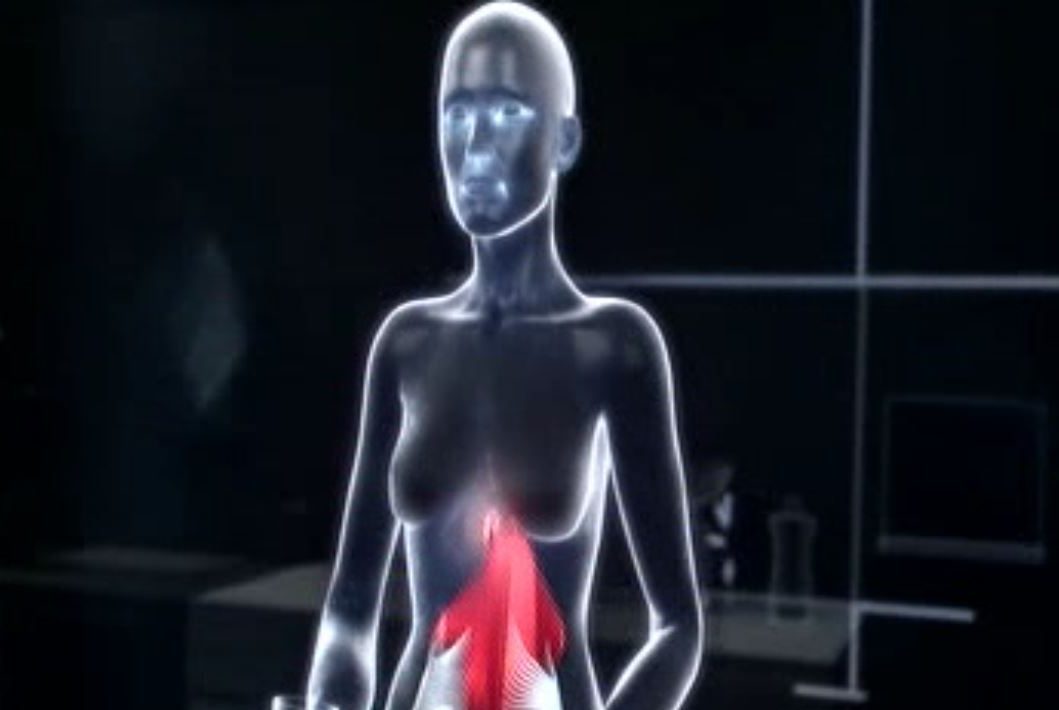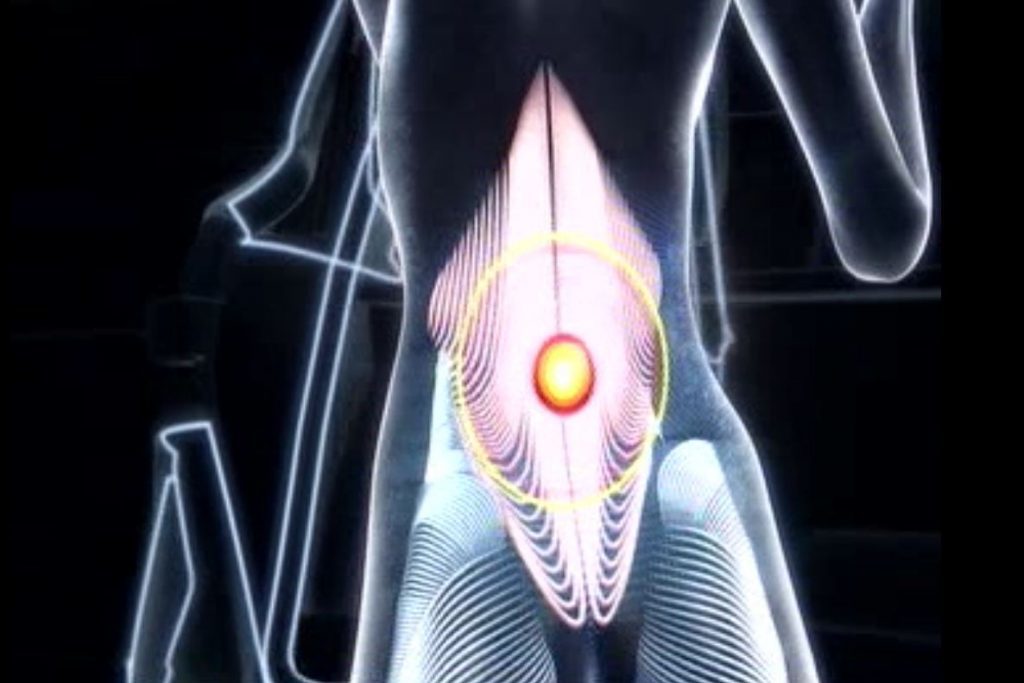
AN ad for the anti-inflammatory drug Nurofen has been banned for falsely claiming that it could specifically target joint and back pain.
The television ad showed a woman taking Nurofen Joint and Back as an anatomical image showing it moving down her body and to her back.
The ad then showed shots of the woman going about her usual activities without any pain, interspersed with anatomical images of her back with a Nurofen symbol indicating where the pain relief was acting, while a voiceover said: “Just a single dose of Nurofen Joint and Back provides you with constant targeted pain relief for up to eight hours.”
Eighteen viewers complained that the ad misleadingly implied that the product specifically targeted joint and back pain.
RB UK Commercial, which owns the Nurofen brand, said the ad did not state or imply that the product specifically targeted back pain, and the Nurofen symbol in the images was shown travelling through the woman’s body in a “swirling” manner rather than directly to the source of the pain.
The Advertising Standards Authority (ASA) said the Nurofen symbol in the ad appeared to move down her digestive tract and to the source of pain, where it remained, pulsing, as she went about her usual daily activities.
It said viewers were likely to understand that Nurofen Joint and Back was specifically designed to relieve back and joint pain, rather than pain generally.
The ASA said: “We also considered that viewers were likely to infer that the product had a special mechanism or contained an active ingredient which made it especially effective for back and joint pain in comparison to other painkillers.”
While the product contained liquid ibuprofen, which meant it was absorbed more quickly than standard Nurofen, there was no mechanism by which the product actively sought out the source of pain in a user’s back or joints.
The ASA added: “Because the ad implied the product had a special mechanism which meant it specifically targeted back and joint pain, and was especially effective at relieving those sources of pain, when that was not the case, we concluded that it was misleading.”
It ruled that the ad must not appear again in its current form.
RB UK Commercial said it was “disappointed” with the ruling, saying: “Nurofen pain-specific products were introduced to provide easy navigation of pain-relief options for consumers experiencing a specific type of pain, particularly within the grocery environment where pharmacy support isn’t available.
“Research has shown that nine in 10 people search for products to treat specific symptoms, such as joint and back pain, and seven in 10 say pain-specific packs help them decide which product is best for their needs.”
READ MORE
Row breaks out over Scots music executive’s ‘women only’ job advert
Misleading broadband adverts ‘hiding the real cost of contracts’

Enjoy the convenience of having The Sunday Post delivered as a digital ePaper straight to your smartphone, tablet or computer.
Subscribe for only £5.49 a month and enjoy all the benefits of the printed paper as a digital replica.
Subscribe